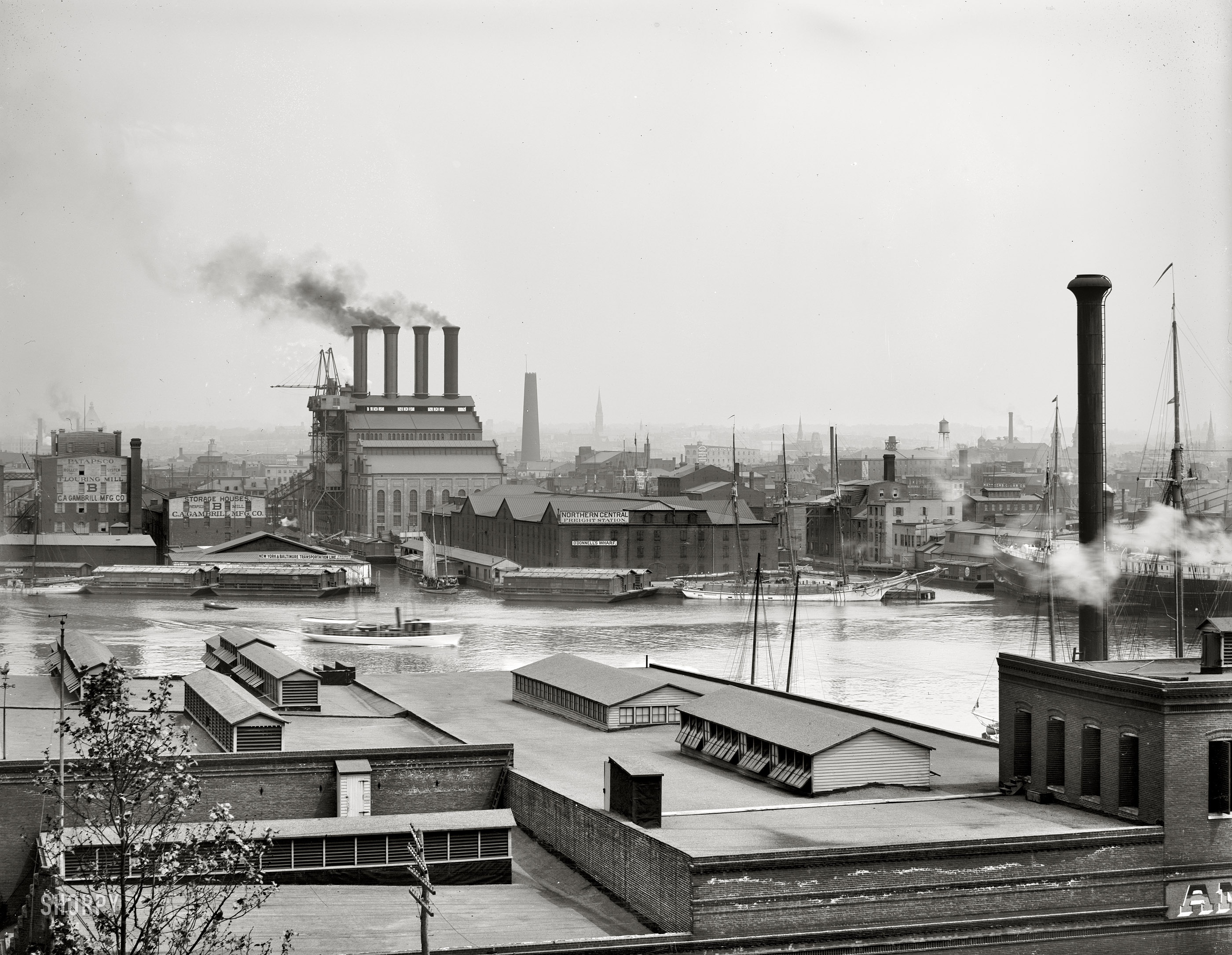The art of abandonment
IT IS January 2007 in Detroit; 8am, so morning is just starting to moan across the sky. Detroit is on the far western edge of the eastern time zone; winter days are short. You are preparing to head downtown from an Oakland county suburb—West Bloomfield, maybe, Southfield or Farmington Hills. To get into Detroit from any of them you’ll take the Lodge freeway. You have to: Detroit has no commuter trains, no subway, metro or underground. In the Motor City, you drive. So you trundle along on the Lodge, the morning growing lighter but not sunnier, the sky becoming the same nondescript grey as the tarmac, when, at the Lodge’s southward turn, where it meets the Davison freeway coming from the east, something unusual catches the corner of your eye.

